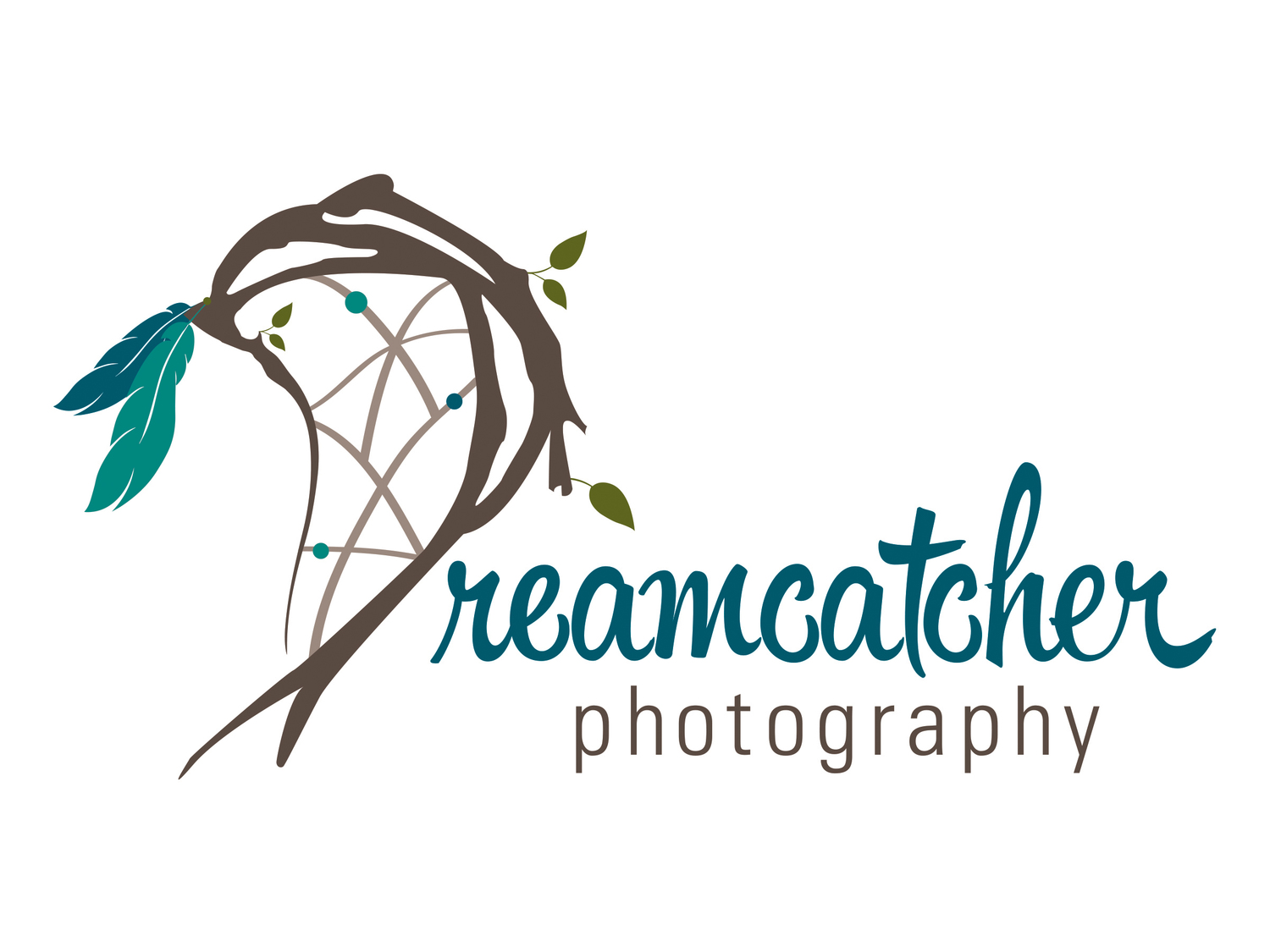Before & After
I’ve been asked a lot about how I edit my images. Being a nature and wildlife photographer has its challenges. A lot of people expect the images to be out of this world, beautiful in their terms. But in my view I believe the beauty of nature is actually found in its natural form. When I am editing my photos I strive to create the image as if you were actually standing there. I want my clients to see what I actually saw that day. I don’t want to lie to them and over edit the image to the point that it’s unbelievable in reality. The purpose of this blog today is to show my audience not only how to edit images to look nice, but also, to show that not everything needs to be overdone to see the beauty within it. I will be talking about the techniques I use; for all my editing I use two programs, Lightroom and Photoshop.
To start off I will be showing you a simple edited photograph. In the above images you can see I am showing you the before and after image. (You may click on the images to see them bigger) For this photo I just used my editing program Lightroom. Lightroom is great for photographers because you can do so much with one program. It’s definitely my best friend when it comes to editing. To explain what I have done here is quite simple. I just boosted the exposure, making the photo brighter, which made the all over photograph pretty nice with a little contrast added to it. Then the flower was the biggest issue, it was too bright. So I just took down the highlights on it, which made it non-distracting. I added a vignette to make the edges darker and that is how I got my final image. This may sound like a lot to those who aren’t photographers but to us this is very little editing.
Now onto the next example!
For my Lake Michigan Lighthouse I also just used Lightroom. I boosted the exposure up to make the image brighter first. Then I added some contrast since I am a fan of colorful saturated images. On top of that I added a little bit of clarity to give it a sharper, deeper feel to it since we are dealing with sand and waves in the image. With that you always want to add sharpening. Any image needs a little boost in the sharpening area. Once that was figured out I added a vignette to see if I liked it, which I did. After that my sky was too bright for my liking so I took the brush tool and darkened it. Then to finish it off I brightened the lighthouse a little bit.
As you know I am a nature and wildlife photographer but on the side I enjoy doing portraits for people. With my portraits I follow the same concept that I do with my nature or wildlife. I try to keep the natural look. I believe everyone is beautiful for who they are. Below I show an example of the more extreme editing that I do.
For this portrait of Timber I started off first with fixing the angle of the image. The image is a little on the crooked side so I simply fixed that to make sure my image was straight. After that I followed my same procedure with the exposure and contrast. In this image though when I boosted the exposure the background was very bright just like my subject. So I went ahead and brought down the highlights and then with the brush tool darkened down the background so my subject would stand out in the image. After that I boosted the warmth up a little because the image was on the cooler side being in a shaded area. I also lightened up her eyes since she has those gorgeous blue eyes. After that, the last, most difficult task was taking out the two signs behind her in Photoshop.
I hope you all enjoyed this detailed blog of Dreamcatcher Photography’s editing process! Thank you for reading and I hope you too make wonderful images.






